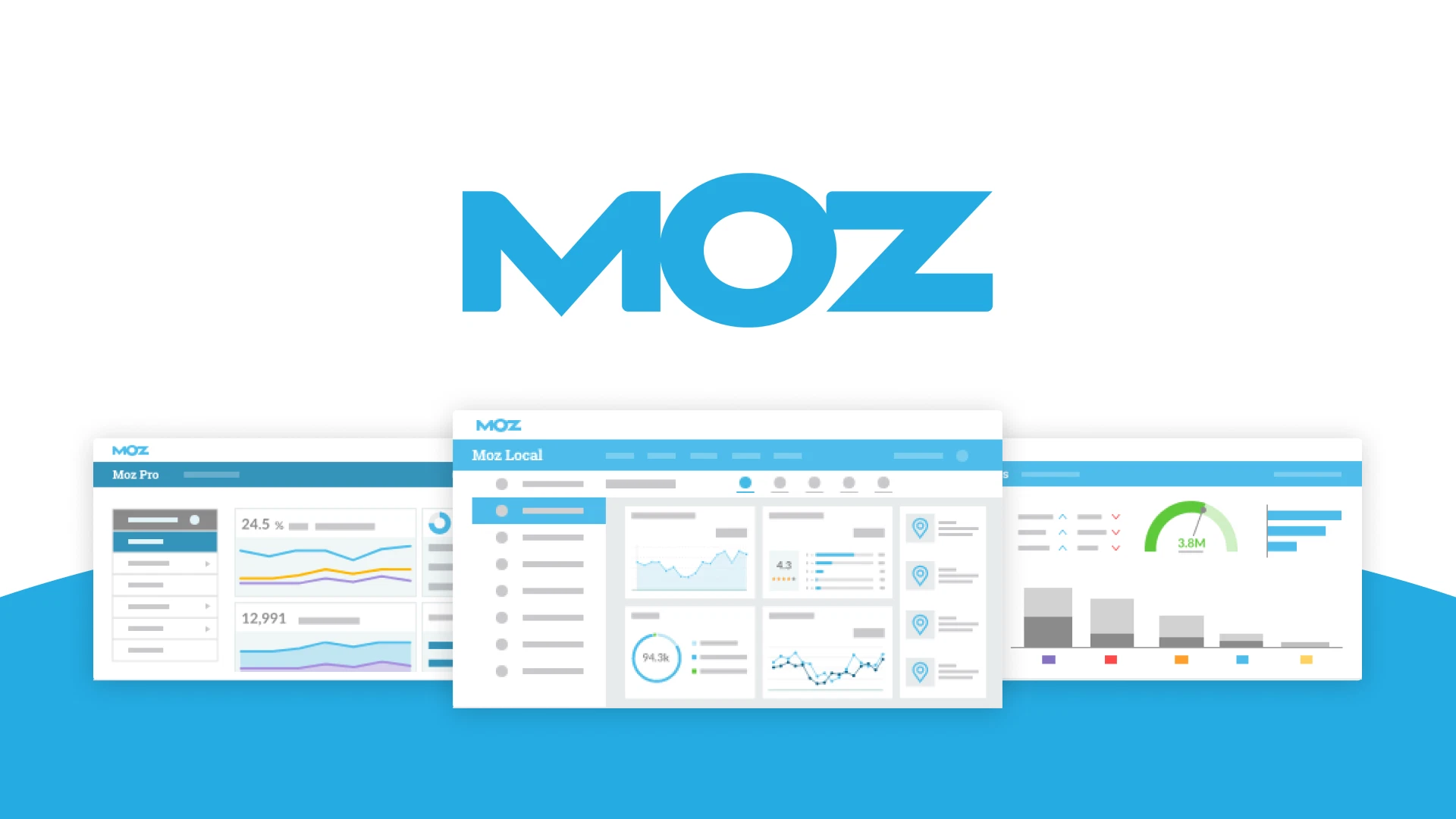So you are another one asking keywords can be analyzed by what factors? In the context of search engine optimization (SEO), content strategy, online advertising, or even academic research, we are not merely referring to isolated words typed into a search box. A keyword is a small linguistic unit that carries an intention, a context, and a relationship to other language and concepts. The process of keyword analysis involves more than simply identifying a phrase with high search volume.
Keywords can be analyzed by what factors?
If you are asking ‘keywords can be analyzed by what factors?’, remember it is a multi-faceted examination that attempts to capture the meaning, relevance, competition, audience fit, and strategic value of that phrase in connection to a goal. Because of this, keywords can be analyzed through a number of different lenses, each of which reveals something unique about their potential. Factors can be grouped in relation to semantic nature, statistical performance in search engines, competition in the market, relevance to the intended audience, and strategic role within a broader campaign.
One of the first in the list of ‘keywords can be analyzed by what factors?’ is semantic meaning. This means understanding the term’s literal definition and concepts it refers to, as well as the broader context it may invoke. A word could refer to different things at once, depending on the context. Without clarifying the intended meaning, keyword targeting can misfire entirely. Semantic analysis involves looking at synonyms, related terms, and variations to understand how language around the keyword is used.
Answering to ‘keywords can be analyzed by what factors?’ also includes examining search intent, whether the user is looking to buy, learn, compare products, solve a problem, or simply explore an idea. It is often classified into categories like informational, navigational, transactional, and commercial investigation. Understanding the intent behind a keyword allows for better matching between content and user needs.
Closely tied to semantic meaning in ‘keywords can be analyzed by what factors?’ is the concept of keyword relevance. This is the degree to which the term matches content, products, services, or ideas that you are trying to promote. If a site is about selling, targeting a very broad high-volume keyword may not yield strong business results, even if traffic increases, because the intent and content are mismatched. Relevance is not static. It can shift based on changes in your offering, market trends, or seasonal factors.
If you are asking ‘keywords can be analyzed by what factors?’, remember that the same keyword might be highly relevant during one period and less so in another. In analyzing relevance, look at how well the keyword aligns with core topics and themes, and how likely it is to attract the right kind of audience, which is most likely to engage, convert, or take the desired action.
Another major factor in ‘keywords can be analyzed by what factors?’ is search volume, which refers to how many times a given term is searched over a specific time period. This can be averaged monthly, tracked over a year to identify seasonality, or compared across years to see trends. High search volume indicates a lot of interest, but it does not automatically mean great value. Many high-volume keywords are extremely competitive, making them difficult to rank for without substantial resources.
In contrast, low-volume keywords can sometimes yield better results for those asking ‘keywords can be analyzed by what factors?’, if they are highly relevant and less competitive. Search volume data also helps in identifying long-tail keywords, which are longer, more specific phrases that usually have lower search volume but higher intent and conversion rates. For example, a 6-words phrase will have far fewer searches than a 2-words query, but is far more likely to attract someone ready to make a purchase.
Competition level, often measured as keyword difficulty, is another critical element. Its scores is typically provided by SEO tools and estimate how challenging it would be to rank in the top search engine results for a given keyword. These scores are based on factors like the number and authority of websites already ranking for the term, the quality and length of their content, and the strength of their backlink profiles. Highly competitive keywords often require more content depth, stronger domain authority, and more strategic promotion to achieve rankings.
This makes competition analysis essential for those asking ‘keywords can be analyzed by what factors?’, in order to decide whether to pursue a keyword, and if so, how to position it. Sometimes, it makes sense to target a mix of low-difficulty and high-difficulty keywords to balance short-term gains with long-term growth.
Cost-per-click (CPC) is another important factor when analyzing keywords, especially in the context of paid search campaigns like Google Ads. It reflects how much advertisers are willing to pay for clicking on their ad triggered by that keyword. High CPC indicates that advertisers see strong commercial value in the keyword, which can be a proxy for high conversion potential. However, a great number here also means higher costs for running paid campaigns.
In organic SEO, CPC can be used indirectly by those asking ‘keywords can be analyzed by what factors?’, in order to identify potentially lucrative terms to target for free rankings. For instance, if a keyword has a high cost-per-click, ranking for it organically could drive valuable traffic without paying per click.
Seasonality plays a significant role in keyword performance. Some keywords are highly seasonal, peaking during certain months or events, while others are steady year-round. For example, some will spike in November and December, while others often rise in January. Analyzing seasonality helps in planning campaigns, aligning content publication with peak demand, and managing budgets for paid campaigns. This can be measured through historical search volume data, and it is often visualized as a trend curve showing peaks and dips over the year.
Geographic targeting is also a factor for those asking ‘keywords can be analyzed by what factors?’. A keyword’s value can change depending on the location of the searcher. Some may be popular globally, but others have strong regional or local relevance. For example, a term may have different meanings in the US versus the UK. Such keyword analysis considers city names, neighborhoods, or regional slang, which can be critical for location-specific businesses and marketing campaigns. Geo-specific analysis can also include looking at where your competitors are ranking and tailoring your strategy to dominate in certain geographic areas.
Another angle to consider is trends over time. A keyword that is rising in popularity might represent an emerging opportunity, while one that is declining could signal fading interest. Trend analysis can be conducted using tools like Google Trends to see how search interest has evolved. This is particularly valuable for industries subject to rapid changes in consumer behavior, technology, or pop culture. Riding a rising trend can help capture traffic before competition becomes too intense.
The click-through rate potential of a keyword is another consideration for those asking ‘keywords can be analyzed by what factors?’. CTR depends not only on ranking position but also on the attractiveness of the search result snippet, the presence of featured snippets, ads, and other SERP features. Some keywords generate a lot of clicks because they produce curiosity or urgency, while others might have lower CTR due to the answer being displayed directly on the search page, reducing the need to click. For example, weather searches often trigger a SERP widget display, reducing organic clicks.
SERP analysis is deeply intertwined with that of keywords. By looking at the top results for a keyword, you can assess the type of content that ranks, wether blog posts, videos, product pages, news articles, and the domains dominating the space. This helps in understanding what format and depth of content is required. It also reveals SERP features like People Also Ask boxes, image as well as local packs, and knowledge panels, which can influence strategy. A keyword with multiple SERP features might require more diverse content to capture visibility.
Keyword grouping or clustering is another strategic layer for those asking ‘keywords can be analyzed by what factors?’. Rather than treating each term in isolation, grouping related terms allows for the creation of comprehensive content that targets multiple phrases in one piece. This is especially important with modern search algorithms that understand semantic relationships and intent. For example, a single guide can rank for related phrases. Clustering can increase efficiency and improve ranking potential.
User behavior metrics also influence keyword analysis. Bounce rate, time on page, and conversion rates from traffic driven by a keyword can reveal whether the term attracts the right audience. Bringing a lot of traffic is not enough, because if most visitors leave quickly without engaging, the term might be mismatched to the content or audience. Conversely, even a low-volume keyword can be valuable if it drives highly engaged visitors who convert.
The stage of the buyer’s journey associated with the keyword is another analytical lens if you are asking ‘keywords can be analyzed by what factors?’. In marketing, this often consists of different stages, namely awareness, consideration, and decision. Keywords in the awareness stage are more informational, those in the consideration involve comparisons and evaluations, while decision is about the transactional intent. Matching keywords to content that aligns with the user’s stage can improve engagement and conversion.
Content gap analysis is an extension of the keyword’s one, which involves identifying keywords your competitors are ranking for that you are not. This can reveal opportunities to expand coverage and capture traffic that is currently going elsewhere. It also highlights areas where competitors may have stronger authority or more comprehensive content. The goal is not copying, but to understand where the market’s attention is going and deciding how to differentiate your own approach.
Another one for those asking ‘keywords can be analyzed by what factors?’, keyword freshness is relevant for topics that change quickly. Some terms require regularly updated content to remain competitive. As this is important for a keyword, search engines tend to favor newer or recently updated content. Analyzing this factor helps in planning update cycles and deciding which keywords need ongoing content refreshes.
Psychological and emotional triggers embedded in a keyword can also influence its performance. Positive words can change how a keyword is perceived and clicked. In paid campaigns, this can directly influence CTR and conversion rates. In organic SEO, using emotionally resonant keywords in titles and meta descriptions can increase engagement.
For those asking ‘keywords can be analyzed by what factors?’, in some cases, the competitive landscape includes not just other websites but also other types of media, such as videos, podcasts, or apps, that appear for the keyword. Understanding the multi-channel presence of a keyword can guide decisions about whether to produce video content, infographics, or interactive tools in addition to traditional written pages. This is especially important for keywords with heavy YouTube or TikTok presence, where visual formats dominate.
Technical factors such as keyword placement, density, and prominence within a page also play a role. While search engines have moved far beyond simple terms counting, their strategic placement in titles, headings, meta descriptions, and early paragraphs can still influence rankings. Analysis here involves not just whether the keyword appears, but whether it is used naturally and in a way that reinforces the topic for both readers and search engines.
Another important consideration for those asking ‘keywords can be analyzed by what factors?’ is the profitability of a keyword in the context of your specific business model. A term that converts well for one business might be useless for another. This requires tracking performance at a granular level, seeing how visitors from a keyword behave and whether they contribute to revenue, subscriptions, sign-ups, or other goals. Profitability analysis often combines SEO data with analytics from sales or CRM systems to create a clear picture.
In academic research or data science contexts, keyword analysis can also involve statistical correlation with other variables, co-occurrence analysis, and frequency distributions. For example, a researcher studying online discourse might analyze how often certain keywords appear together, how their usage changes over time, and what topics they cluster around. This mirrors SEO keyword clustering but serves different goals.
Ethical and compliance considerations can also be answers to ‘keywords can be analyzed by what factors?’. Some terms might be legally restricted for advertising in certain regions, such as those related to health claims, financial products, or regulated substances. Analyzing this dimension means ensuring that targeting does not violate laws or platform policies.
Language and linguistic variation add another layer to ‘keywords can be analyzed by what factors?’. Terms can differ in spelling, vocabulary, and grammar between English variants, like US vs UK, or between languages entirely. Keyword analysis must account for these differences, especially in global campaigns. This might involve translation, localization, or even transcreation, which adapts the meaning while preserving intent.
While asking ‘keywords can be analyzed by what factors?’, one cannot overlook the dynamic nature of keyword analysis, which is not a one-time activity but an ongoing process. Search engines evolve, user behavior changes, competitors shift strategies, and new platforms emerge. Keywords must be monitored and re-evaluated periodically to ensure that the factors discussed are still aligned with your goals.
Taking together all of this involved in ‘keywords can be analyzed by what factors?’, these form a complex web of considerations that transform terms from simple search queries into strategic assets. Each factor reveals a different aspect of the keyword’s potential, limitations, and role in a larger plan. Effective keyword analysis requires synthesizing these perspectives into actionable insights, balancing data-driven metrics with an understanding of human behavior, language, and market dynamics.
The ultimate objective at the core of the question ‘keywords can be analyzed by what factors?’ is to connect the right words to the right people at the right time, in a way that meets both user needs and business goals. In that sense, keyword analysis is as much about understanding people as it is for understanding search engines, because at the heart of every query is a person seeking something, whether that is an answer, a product, a service, a connection, or simply a moment of curiosity.
Moreover, as artificial intelligence becomes more deeply embedded in the algorithms, answering to ‘keywords can be analyzed by what factors?’ increasingly incorporates insights driven by machine learning. Search engines no longer treat keywords as exact matches alone. Instead, they use natural language processing to interpret meaning, context, and user intent, even when the wording changes. This shift means that keyword analysis now often includes examining related concepts, entities, and questions that search engines deem equivalent or closely associated with the original keyword.
For instance, a search might trigger results optimized for similar topics because the algorithm recognizes the semantic similarity. Understanding this network enables those asking ‘keywords can be analyzed by what factors?’ to craft content that resonates with a wider set of queries without needing to artificially repeat every possible variation.
While learning ‘keywords can be analyzed by what factors?’, user privacy changes, such as the reduction of keyword data available from organic search or restrictions in tracking technologies, challenge the precision of analysis. Analysts are increasingly blending keyword data from multiple sources, such as search engines, social media, forums, and customer surveys, to get a more complete picture.
This multi-source approach not only compensates for missing data but also uncovers keywords emerging in conversational contexts before they appear prominently in traditional search volumes. By staying ahead of knowing ‘keywords can be analyzed by what factors?’ and integrating technological, behavioral, and linguistic awareness, keyword analysis remains a vital practice in navigating how people search, how platforms respond, and how information finds its audience.









